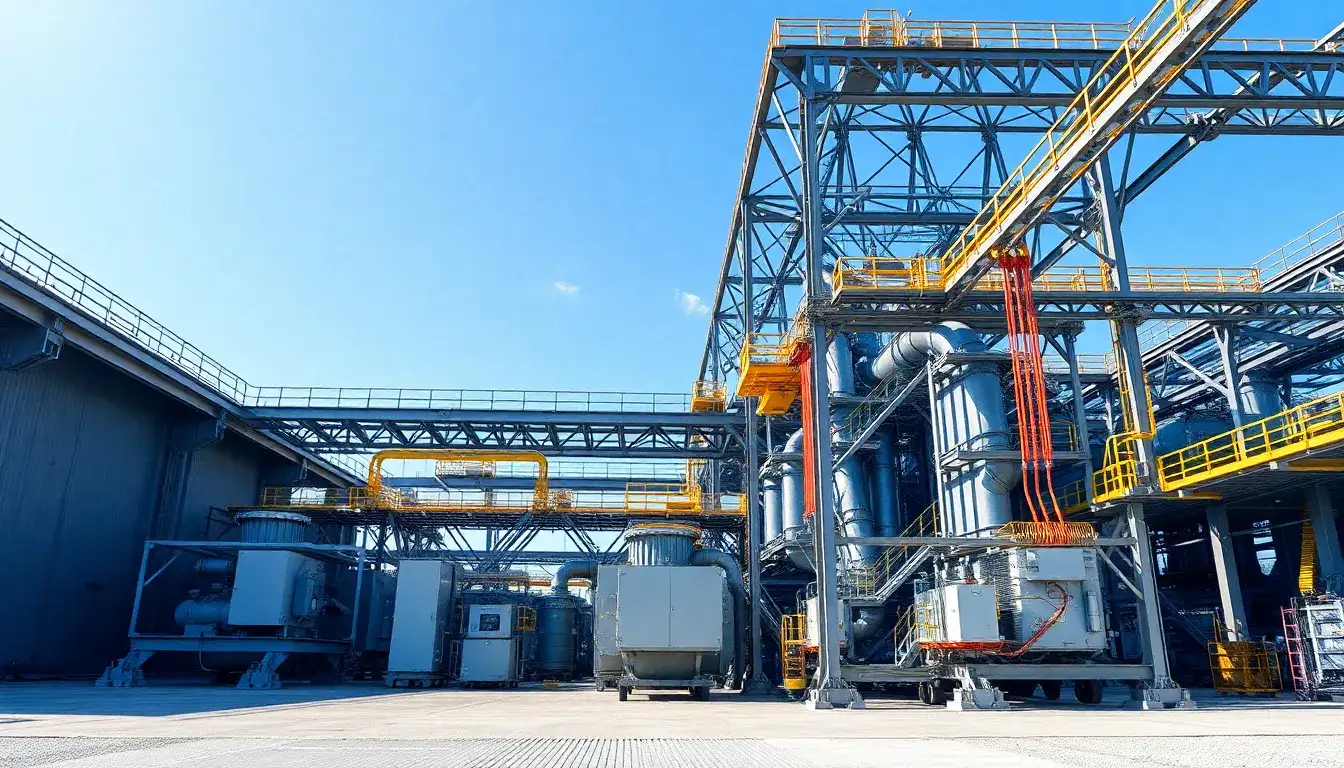
Steel + New Energy Storage: This modular energy storage station has already been operational for over 10,000 hours. As of June 17, 2019, it has achieved sustainable performance.
Located in Langfang Steel Group, the energy storage station has a capacity of 61MW/123MWh. Since being connected to the grid in January 2024, the station has maintained stable performance, operating over 10,000 hours and transferring a cumulative high voltage power of 10 million degrees. This has contributed to significant reductions in electricity charges, showcasing the effectiveness of the energy storage system in meeting peak demand and enhancing grid stability.
The energy storage station has achieved a system efficiency of 90.29%, as verified by the National Energy Administration. This high efficiency reflects the station’s capability for energy management and its potential role in further enhancing energy storage infrastructure.
The project has been designed to optimize energy usage, and has successfully implemented a “one-stop management” model to minimize environmental impact while enhancing energy efficiency. This model includes advanced technologies such as AI for real-time forecasting and demand response, ensuring the energy storage system remains adaptable to market needs.
With expectations to exceed 1GWh of total installed capacity by 2024, the project aims to include multiple energy storage facilities, such as a 50MW/100MWh storage station in Langfang and a 200MW/400MWh offshore energy storage project.
The offshore project, which utilizes 252 Ocean 400L liquid storage units, aims to generate 3.28 billion yuan in revenue annually. As one of the largest modular energy storage projects currently operational, it highlights the integration of grid management and energy storage systems.
In addition, the project emphasizes the need for a secure operational framework that combines advanced filtration and intelligent monitoring techniques, ensuring compliance with stringent safety regulations. The integration of AI technologies allows for improved operational efficiency and real-time monitoring of energy storage conditions.
As the project continues to evolve, it is poised to become a benchmark for sustainable energy storage solutions, fostering the growth of green energy initiatives and contributing to carbon reduction efforts. The China Steel Report has documented these advancements and their implications for the future of energy management.







